Exhaustless entertainment
The fields and woods about one are a book from which he may draw exhaustless entertainment, if he will. (John Burroughs, from the essay “A Sharp Lookout”)
Today, the girls and I took our dog (Katie) and rambled at a place where we spent a fair amount of time in August and early September, collecting monarch caterpillars. It was chilly, with a thin blue sky and a lot of mud and gray tree trunks. After being there when it was abuzz with activity — meadow birds, butterflies, caterpillars, and the occasional soaring redtail — it seemed dead and dull.
Until we came upon a pair of mallards that brightened the brown landscape with their vivid colors and immaculate plumage.
Shortly after that, in the midst of the silent landscape, we came to a bush alive with chirping.
It sounded like the cheerful racket of goldfinches, but a zoom in with the camera revealed what looked like sparrows.
Then we came upon the sound of woodpeckers. We spotted what looked like either a downy or a hairy at work. Then two or three more revealed themselves. They were busy on three large, dead trees beside the creek. It was a true haven for woodpeckers. The king of them all — a pileated — swooped in making his characteristic laugh, and a few of the smaller ones scattered.
I think these birds are magnificent. In “The Rise” Wendell Berry speaks of them as birds of “the big trees and the big woods, and more than any other birds along this river they speak out of our past.” But here was one in a strip of hedgerow/brush between a park and a neighborhood. It was a real treat.
On our way out we saw what we thought must be a muskrat, since we saw no signs of beavers.
One of the scenes I remember from The Long Winter is when Pa sees muskrats building an extra thick mud house and surmises that the winter will be a hard one. I was surprised this week to read John Burroughs’ confession that he no longer thinks muskrats know any more about what kind of winter is coming than he does. He thinks they build according to whim, not according to any reliable intuition as meteorologists.
On the way home we stopped for a few minutes to watch a couple of squirrels harvesting seeds.
My 7-year-old wanted to use construction paper to make paper-cut-outs for her journal page, so as I relived the walk by downloading my photos, she went to work.
Her older sister (10) followed suit.
We had a great time seeing so many surprises, and the pleasure was intensified by the gloomy feeling early on that we weren’t going to see anything much. So I’ll conclude with one more fitting John Burroughs insight to book-end this post:
The place to observe nature is where you are; the walk to take today is the walk you took yesterday. You will not find just the same things: both the observed and the observer have changed; the ship is on another tack in both cases. (From “A Sharp Lookout”)

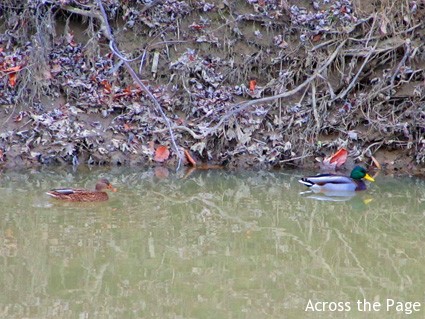
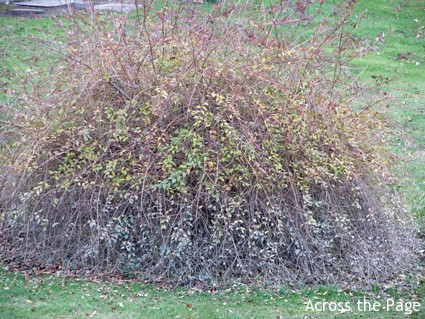
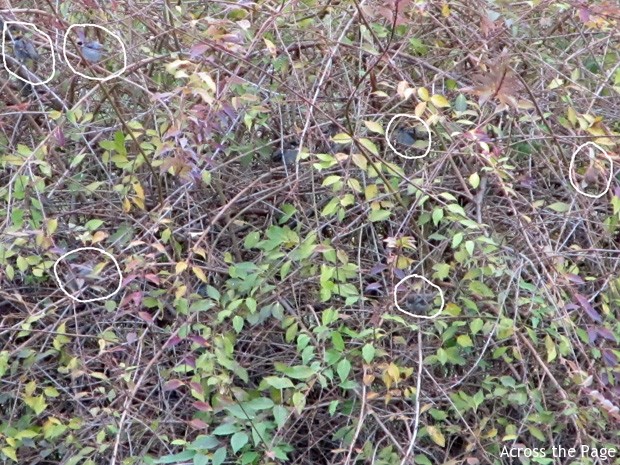
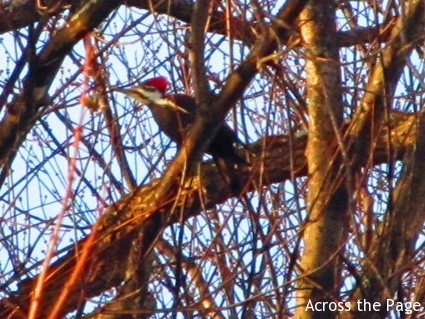
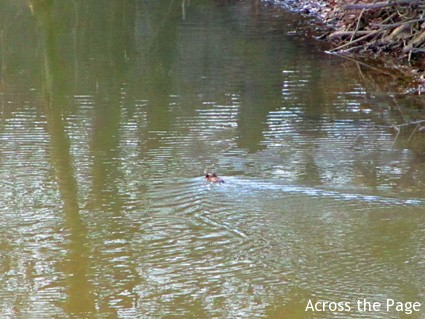
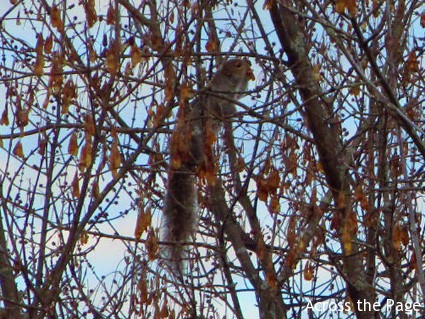
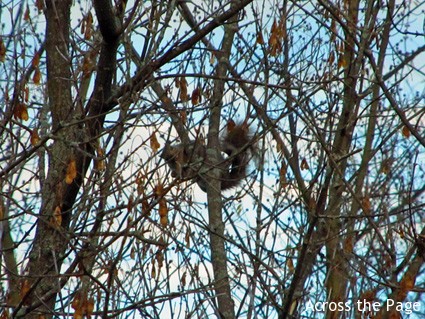
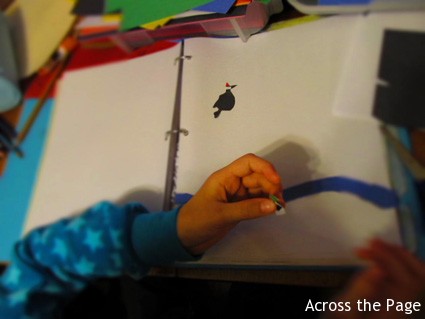
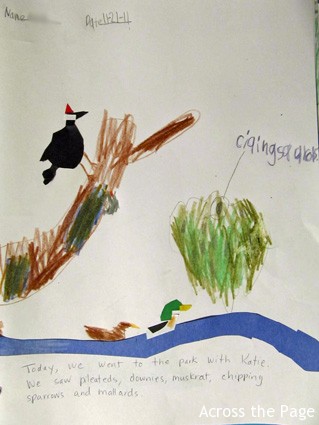
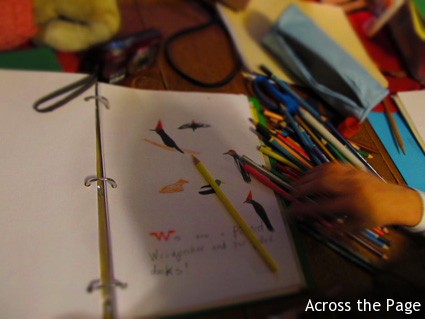
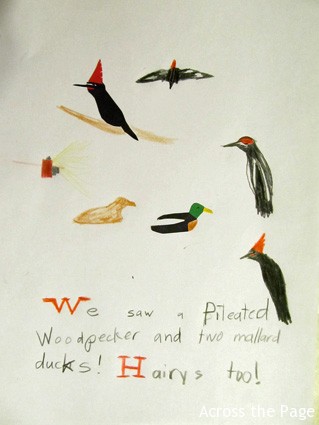
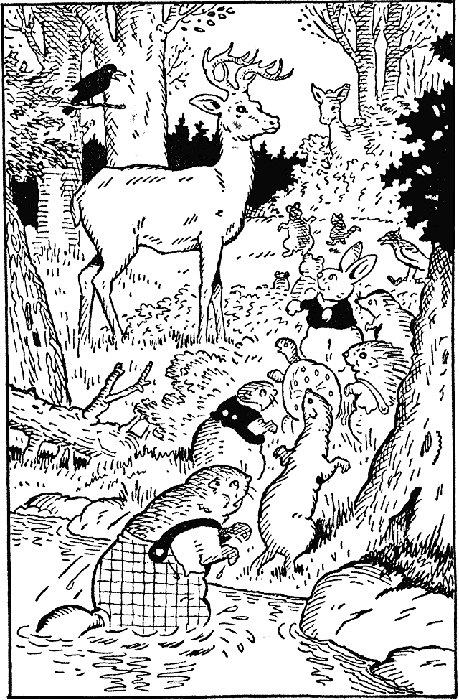
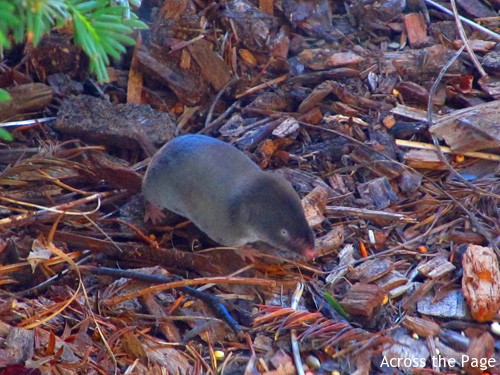
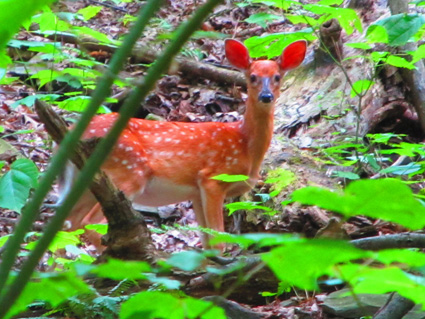
4 Comments
Barbara H.
What neat treasures in what seemed at first like a barren setting.
Barb-Harmony Art Mom
Lovely, lovely entry. I know the feeling you talk about when you at first look at the bare landscape but then when you actually take the time to really look…there is an abundance of life and interesting things to observe. The lack of leaves actually makes things easier to spot. I really liked seeing the nature journals your children came up with, what a treasure! Thank you so much for sharing your entry with the OHC.
Jess
I love all of the nature study you do with your girls. It is inspiring!
zonnah
Wow, you guys got to see a lot of wildlife, how exciting :-)